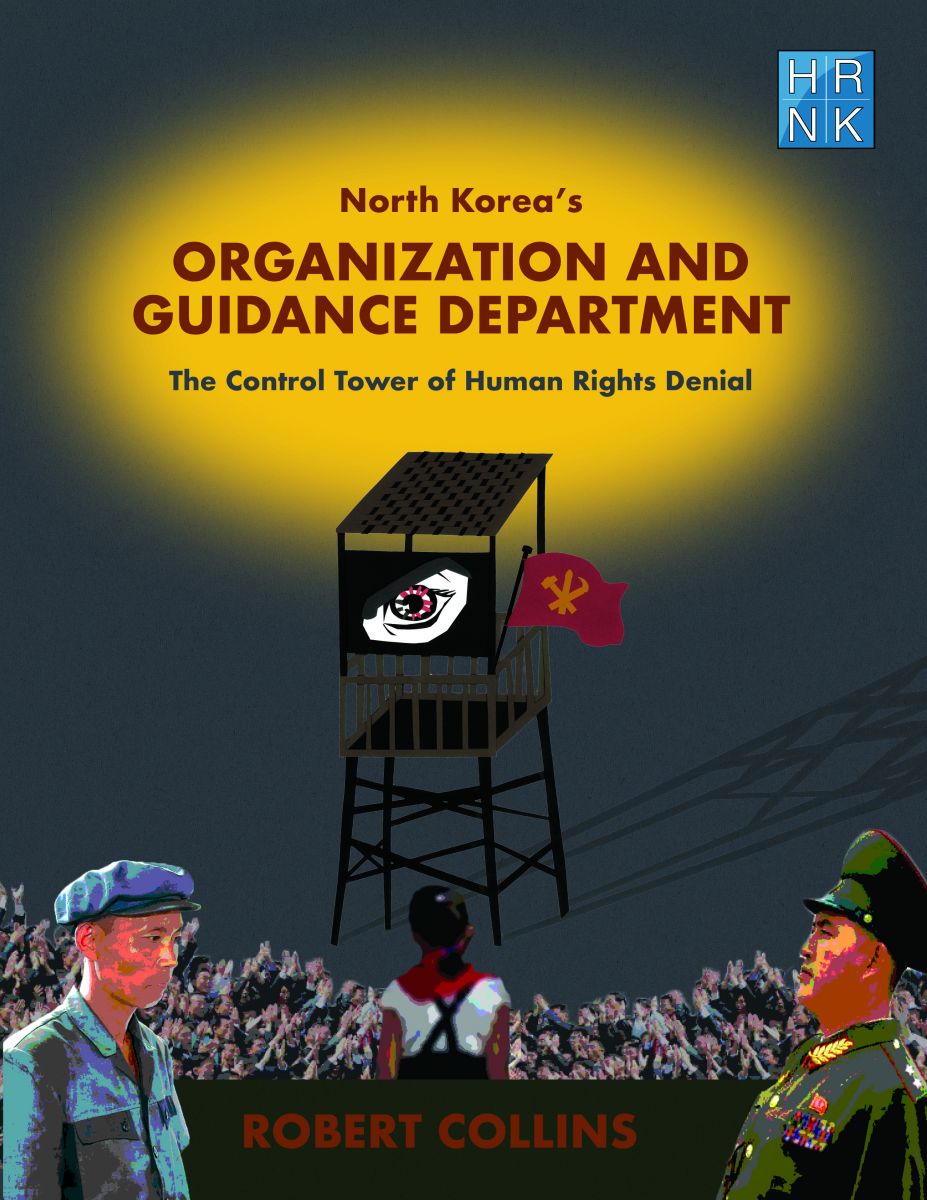Our Reports
For over a decade, the Committee for Human Rights in North Korea (HRNK) has worked to document and analyze North Korea's prison camp system. Termed "hidden gulag" in 2003 by report author and human rights scholar David Hawk, these political prison camps are places of vast suffering for 80,000 to 120,000 people in North Korea. Many thousands more are thought to be interned in North Korea's labor camps as well.
As HRNK continues to publish information on North Korea's prison camp system, its "hidden gulags" are less and less hidden to the rest of the world. Although the Kim Regime still denies the existence of its political prison camps, we know, unfortunately, through satellite imagery and escapee testimony, that these camps exist.
Some of our reports are highlighted here, including David Hawk's Hidden Gulag series and AllSource Analysis' and DigitalGlobe's reports of the camps with satellite imagery.
As HRNK continues to publish information on North Korea's prison camp system, its "hidden gulags" are less and less hidden to the rest of the world. Although the Kim Regime still denies the existence of its political prison camps, we know, unfortunately, through satellite imagery and escapee testimony, that these camps exist.
Some of our reports are highlighted here, including David Hawk's Hidden Gulag series and AllSource Analysis' and DigitalGlobe's reports of the camps with satellite imagery.
Hidden Gulag Series
The Parallel Gulag: North Korea's "An-jeon-bu" Prison Camps
|
David Hawk with Amanda Mortwedt Oh
Oct 26, 2017 In this book, David Hawk provides never-before-seen imagery of labor re-education camps, both suspected and confirmed. He reveals a parallel network of prisons controlled by the DPRK’s Ministry of People’s Security (An-jeon-bu). These revelations suggest the imposition of degrees of suffering even more pervasive than the UN COI described in 2014. Although these labor camps might be described as “ordinary prisons”, there is nothing “ordinary” in the treatment of those incarcerated there. Differences in the treatment of prisoners and political detainees are often merely “matters of degree, not principle. Policies that combine forced labour with deliberate starvation, inadequate medical care and poor hygiene conditions cause the death of thousands of inmates annually.”
| |||
The Hidden Gulag IV: Gender Repression and Prisoner Disappearances
|
North Korea's Hidden Gulag: Interpreting Reports of Changes in the Prison Camps
| ||||||||
The Hidden Gulag Second Edition
|
The Hidden Gulag: Exposing North Korea’s Prison Camps
| ||||||||
Other Recent Publications
North Korea’s Long-term Prison-Labor Facility Kyo-hwa-so No. 1, Kaechon
|
Digital Trenches: North Korea’s Information Counter-Offensive
| ||||||||
Lost Generation: The Health and Human Rights of North Korean Children, 1990–2018
|
North Korea's Organization and Guidance Department: The Control Tower of Human Rights Denial
| ||||||||
North Korea’s Long-term Re-education through Labor Camp (Kyo-hwa-so) No. 4 at Kangdong
|
North Korea’s Long-term Re-education through Labor Camp (Kyo-hwa-so) at Pokchong-ni
| ||||||||











